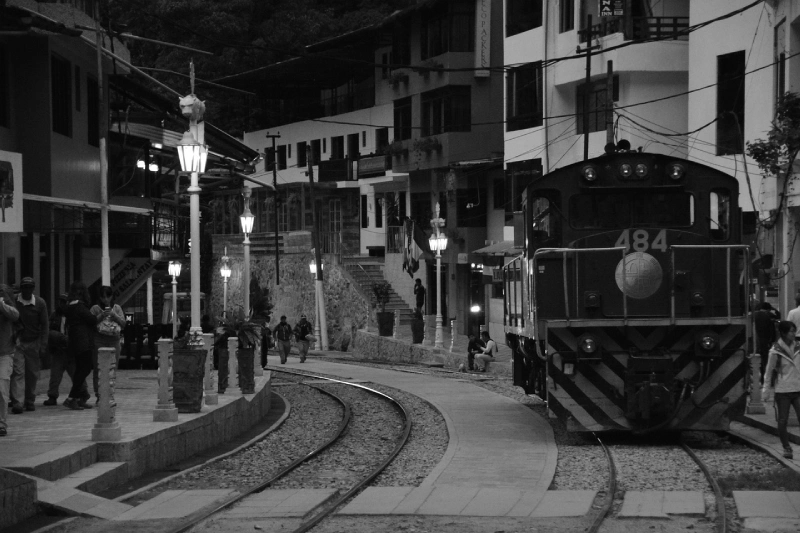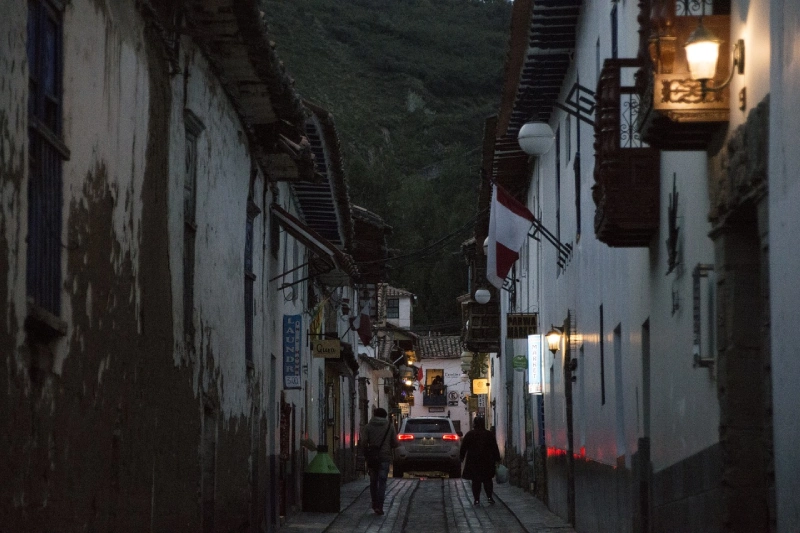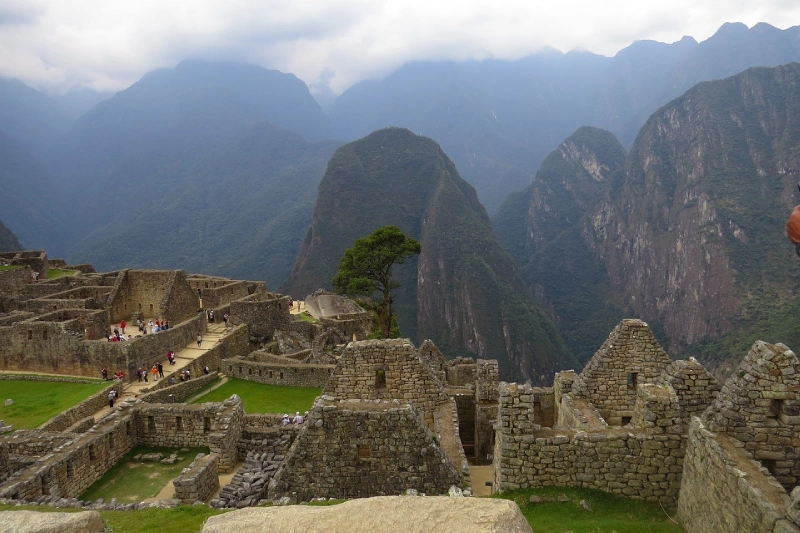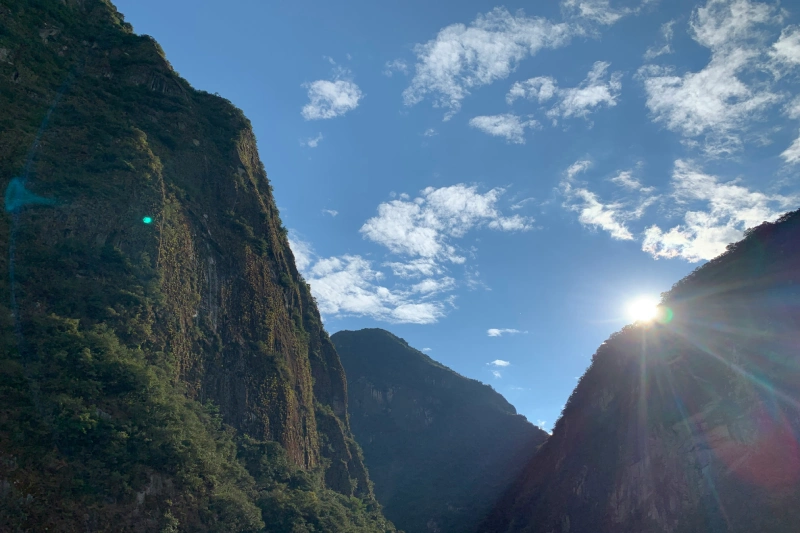- Machu Picchu Tours
- Top Destinations
- Package Tours
- Day Tours
- Lake Humantay Tour (Full Day)
- Rainbow Mountain Peru Tour (Full Day)
- Sacred Valley & Maras Moray (Full Day)
- Southern Valley of Cusco Tour (Half Day)
- Lima Day Tour (1 Day)
- Red River in Cusco – Tour Palcoyo (1 Day)
- Sacred Valley Tour (1 Day)
- Rainbow Mountain In Vinicunca (1 Day)
- Cooking Class in The Sacred Valley (1 Day)
- Treks and Adventure
- Our Company




